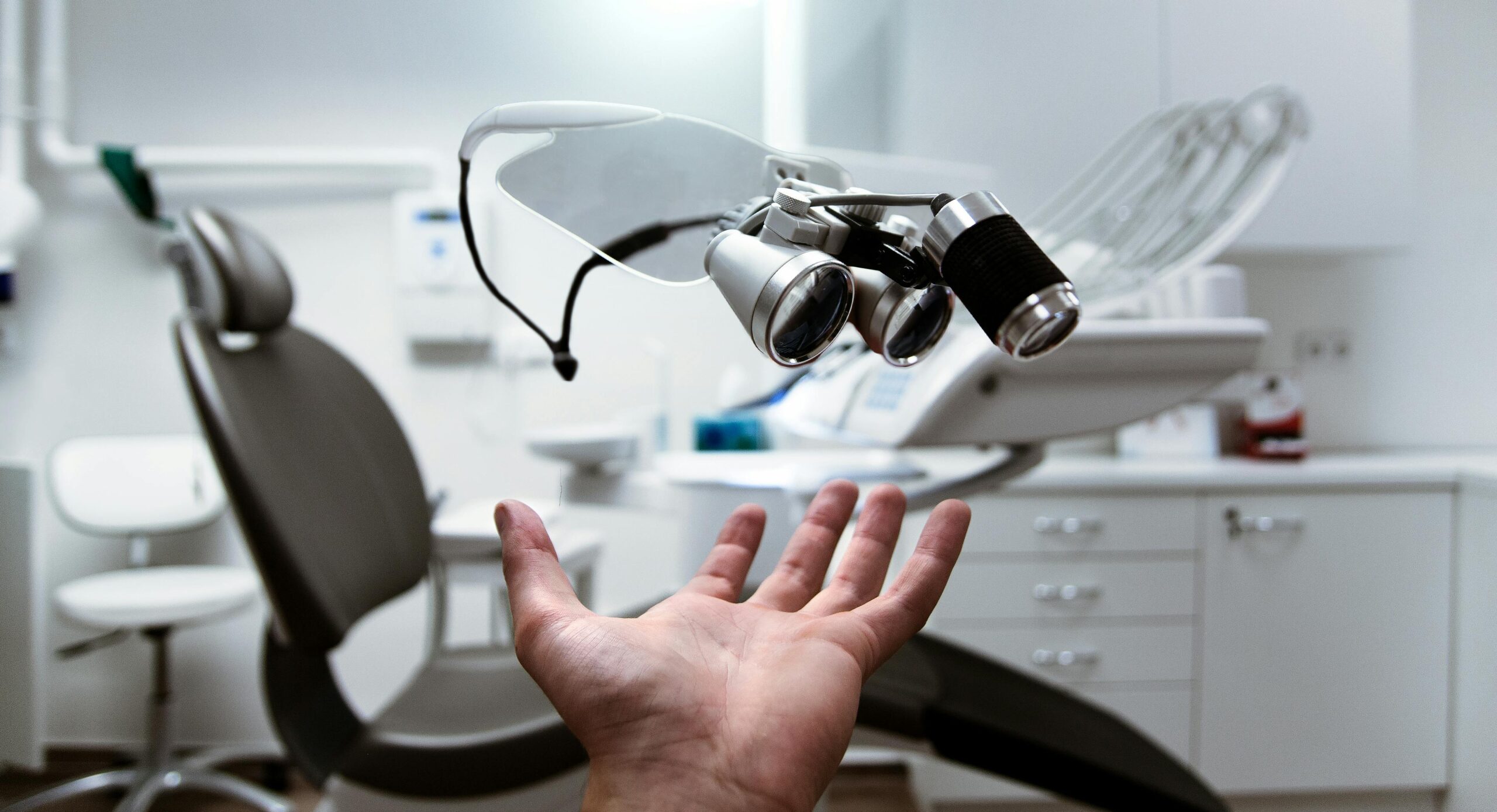Introduction: User-friendly medical devices have become pivotal in modern healthcare, offering the potential to improve patient outcomes and quality of care. This article delves into the complexities of designing such devices and explores the multifaceted challenges faced by experts in this field.
Part 1: Understanding Users
1.1. Investigating the Target Audience: User-centric design begins with a comprehensive understanding of the target audience. This includes profiling users such as patients, healthcare professionals, and even family members. Identifying their needs and expectations from medical devices is essential.
- Conducting surveys, interviews, and observational studies to gather user insights.
- Defining user personas to better grasp their diverse requirements.
- Analyzing user demographics, health conditions, and prior technology experience.
1.2. Accounting for User Characteristics: Recognizing the diverse characteristics of users is crucial. These may encompass educational levels, technical literacy, physical and psychological constraints, as well as cultural and linguistic differences.
- Adapting user interfaces to cater to different literacy levels.
- Ensuring devices are accessible to individuals with physical or cognitive limitations.
- Localizing devices for various cultural and linguistic contexts.
Part 2: Technical and Ergonomic Aspects
2.1. Interface Design: Creating an intuitive and user-friendly interface is paramount. The choice of interface elements, such as touch screens, buttons, or voice controls, plays a vital role in the user experience.
- Conducting usability testing to refine the interface.
- Employing iconography, color schemes, and fonts to enhance usability.
- Providing clear instructions and feedback to guide users.
2.2. Physical Characteristics: The physical attributes of a medical device significantly influence its usability. Factors like size, weight, and form are critical considerations.
- Ensuring portability and ergonomic design for different use cases.
- Evaluating the durability of materials used.
- Protecting devices against environmental factors like water, dust, and impact.
2.3. Power Consumption: Efficient energy management is essential to guarantee long-lasting operation from batteries or power sources.
- Minimizing power consumption for extended device use.
- Implementing effective charging and battery replacement systems.
Part 3: Safety and Reliability
3.1. Data Protection and Confidentiality: Maintaining the security of medical data is a priority. Robust data protection measures, including encryption and user authentication, must be implemented.
- Ensuring secure data storage and transmission.
- Safeguarding against unauthorized access and breaches.
- Complying with privacy regulations like HIPAA (in the United States).
3.2. Reliability and Stability: Users rely on medical devices for critical healthcare needs. Therefore, devices must be dependable and resilient.
- Subjecting devices to rigorous testing for durability and reliability.
- Incorporating monitoring systems to predict and prevent failures.
- Integrating backup power systems for continuous operation.
Part 4: Regulation and Standards
4.1. Compliance with Medical Standards: The medical device industry is subject to numerous standards, including those from regulatory bodies like the FDA, CE marking in Europe, and ISO standards.
- Familiarizing with and adhering to relevant medical standards.
- Engaging in mandatory testing and certification procedures.
4.2. Legal and Regulatory Compliance: Staying in alignment with laws and regulations is imperative for market access and user trust.
- Complying with labeling, documentation, and reporting requirements.
- Keeping up-to-date with evolving regulatory landscapes.
Conclusion: Designing user-friendly medical devices is a complex, multifaceted endeavor that necessitates a deep understanding of users, meticulous attention to technical and ergonomic details, a commitment to safety and reliability, and compliance with strict regulations. Striking a balance among these aspects is essential in creating devices that improve patient care and contribute positively to the healthcare industry. Continuous improvement and adaptation are key to addressing the dynamic needs of users and the ever-evolving regulatory environment in the medical device field.
